Kratom is a herbal supplement obtained from harvesting the leaves of an evergreen tropical tree. The tree (a member of the coffee family) grows naturally throughout Southeast Asia and Thailand. Locals use the natural herb. They favor it to ease anxiety, cope with chronic pain, overcome post-traumatic stress disorder (PTSD), and assist with opioid withdrawals. Kratom for therapy is becoming quite common, especially in the United States where the herb remains legal (despite control and prohibition in some states, counties, or cities).
Table of Contents
Kratom for Therapy to Battle Opioid Addiction
The leaves of the Mitragyna speciosa undergo curing after harvest to create ‘kratom’. In SE Asia, kratom serves as a stimulant, relaxant, anxiolytic, and to treat pain. In the United States, the herbal supplement has risen in popularity as a self-medication therapy. It acts as a substitute for illicit and prescription opioids. Kratom for therapy does seem promising but clearly it does need more researchers such as controlled clinical studies. Clearly, the risks and benefits need to be determined in humans by accumulating and evaluating adequate data.
All About Mitragyna
Ten known species of Mtragyna speciosa exist. Each has ethnomedicinal uses. It appears to offer stimulant and analgesic effects. Interestingly the United Nations Drug Conventions still does not recognize any proven medical uses for kratom. However, certain European Union (EU) members, Australia, Malaysia, Thailand, and Myanmar have all classified and listed kratom under a variety of narcotic laws. In the United States, has the label of ‘dietary supplement’. Kratom remains legal nationwide although some cities and counties have instigated bans or other regulations.
The Push to Ban Kratom
In the USA, there is almost a constant push to ban kratom. Researchers who are looking at kratom for therapy don’t want to see that happen because it will black-market the herb. Scientific research becomes almost impossible after a substance becomes illegal for use.
According to Jack Henningfield, a professor of behavioral-psychology at Johns Hopkins, “If you make it Schedule 1, you kill research and create a black market, and that’s scary.” Henningfield has worked to create a comprehensive report about kratom He has tried to find evidence of misuse or death but failed. Henningfield also tried to investigate the possibility that kratom could pose a danger due to its potential to cause child poisoning. Despite a great deal of effort, he was unable to find any evidence to substantiate the claims.
Kratom Alkaloids and Opioid Receptors
Kratom alkaloid’s unique binding ability holds the promise of being a potential aid. The herbs’ ability to fight opioid addiction warrants more examination and research. Of course, kratom use and caution should go hand in hand. A study released by the Johns Hopkins University School of Medicine clearly shows that the herb is less addictive than an opioid. The study examined 2798 participants and found that it was 91 percent effective in the treatment of pain, 67 percent effective to easting anxiety, and 65 percent for easing depression. Users also turn to kratom to cope and reduce their cravings and withdrawal symptoms from opioids.
Kratom Online
Many individuals won’t enroll in a clinical study program but instead, rush out and purchase kratom for therapy. They will self-medicate to cope with pain, anxiety, PTSD, and opioid withdrawal. You can buy kratom in a variety of forms such as capsules, powders, teas, and beverages. The tree-derived supplement is widely available from online vendors. At My Kratom Club, we carry a wide array of strains to meet your needs HERE.
The Abuse Potential of Kratom
Kratom remains an all-natural herb
Kratom and therapy are enticing but is it too addictive? In September 2019, the U.S. Food and Drug Administration (FDA) issued an official warning that urged kratom actuation. They informed public and health officials that kratom might cause similar effects as opioids and maybe an addictive herb.
However, despite the FDA’s aggressive stance against kratom, Dr. Gardia Romeu states the following about kratom and therapy research which clearly: “suggest that kratom doesn’t belong in the category of a Schedule I drug, because there seems to be a relatively low rate of abuse potential, and there may be medical applications to explore, including as a possible treatment for pain and opioid use disorder.”
The Widespread Use of Kratom for Therapy
The American Kratom Association (AKA), which is a well-known kratom consumer advocacy group, has released information showing that 10 to 16 million people in the U.S. frequently use kratom for therapy and recreation. They will often use ground kratom in food recipes or brew the cured leaves into a potent tea. Capsules and powders remain extremely popular.
Kratom brewed as a tea appears safer than when used in powder form, according to Darshan Singh, Ph.D., at the Center for Drug Research in Malaysia. He goes on to state the following, “Currently, in the West, most of the reported adverse events associated with kratom use stemmed from kratom powder. Prolonged storage can render kratom toxic. In traditional settings, users prefer using freshly brewed kratom tea than kratom powder.”
The Effects of Kratom
Traditionally, most view kratom as a stimulant but with ongoing use, it will eventually start to induce a slight sedative-like effect in users. Oliver Grundmann, Ph.D., Clinical Associate Professor at the University of Florida states, “The subjective experiences of kratom users differ widely depending on the doses that are being consumed. In low doses, the effects appear to be primarily increasing energy and focus for some.
Meanwhile, higher doses relieve acute and chronic pain and reduce sleep irregularities and even emotional or mental burdens such as depressive and anxiety disorders. Users felt energetic, active, happy, and strong after drinking kratom. Illicit opiate users commonly used kratom to reduce their dependence on opiates. Kratom helps to reduce unpleasant opiate withdrawal symptoms during cessation from opiate use.
Dr. Singh goes on to state the following about kratom for therapy, “So far, based on my personal observation, no one has developed any adverse effects or side-effects from kratom use. Kratom is used for various medicinal benefits among rural populations, but its therapeutic effects or medicinal relevance have not been thoroughly documented.”
Kratom Research
Many vendors sell kratom products
Clinical research involving kratom continues to be sparse. In the U.S., most of the kratom being sold comes from Indonesia “It is difficult to perceive the number of individuals who are ingesting this product in the US and it is near impossible to get a clinical trial initiated,” according to Christopher McCurdy, Ph.D., Director of Translational Drug Development Core at the University of Florida. “This is mainly since there is little traceable raw material that can be utilized.
“Much of the kratom that is available in the US lacks a reliable chain of custody and therefore it is difficult to know what the plant was exposed to, with regards to pesticides, fertilizers, or other chemicals. This includes post-harvest processing of the material in drying, storage, grinding [most likely source of heavy metal contamination], transportation, shipping, and more. All of this implicates the safety of the final product. No matter the vendor product in the Western world, they are all different from the way kratom is utilized in a traditional setting. We are extremely interested in studying traditional preparation and how it is different from any product that is available in the Western world.”
The Misinformation Surrounding Kratom in Research
It is hard to gather firm information on kratom for therapy due to the widespread misinformation that exists. “Despite a number of reported deaths that are claimed by some regulatory agencies to have been caused by kratom, almost all fatalities involved either the exposure to multiple substances such as prescription medication, over-the-counter medication, alcohol, or illicit drugs or were even were the result of a homicide or suicide,” Dr. Grundman goes on to explain.
“There are plenty of misconceptions surrounding kratom use,” Dr. Singh adds. “Regulatory and healthcare providers believed kratom is an opioid, thus its use could be more harmful than opioids. The increasing number of case studies from the West showed kratom causes toxicity and mortality incidents. All these reports are poorly described and the cause leading to this uneventful reporting is largely attributed to many factors such as adulterated kratom products or underlying unresolved medical problems. At times, healthcare providers give wrong information regarding kratom to patients.”
Dr. Grundmann concludes the interview by stating, “I do hope that the kratom market will eventually evolve in this direction and avoid unsubstantiated health claims. They should also limit dosing ranges, as well as include potential adverse effects that require consultation with a healthcare provider prior to taking kratom products. That would certainly serve both the kratom industry and consumers best and is the responsible step to take.”
The Use of Kratom for Therapy
Clearly, unbiased scientific research will ultimately prove the effectiveness of kratom for therapy. However, individuals can opt to use kratom as needed. At My Kratom Club, we offer a wide array of kratom products. Please contact us today to learn more.


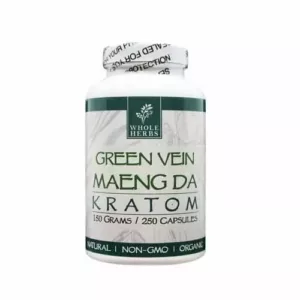
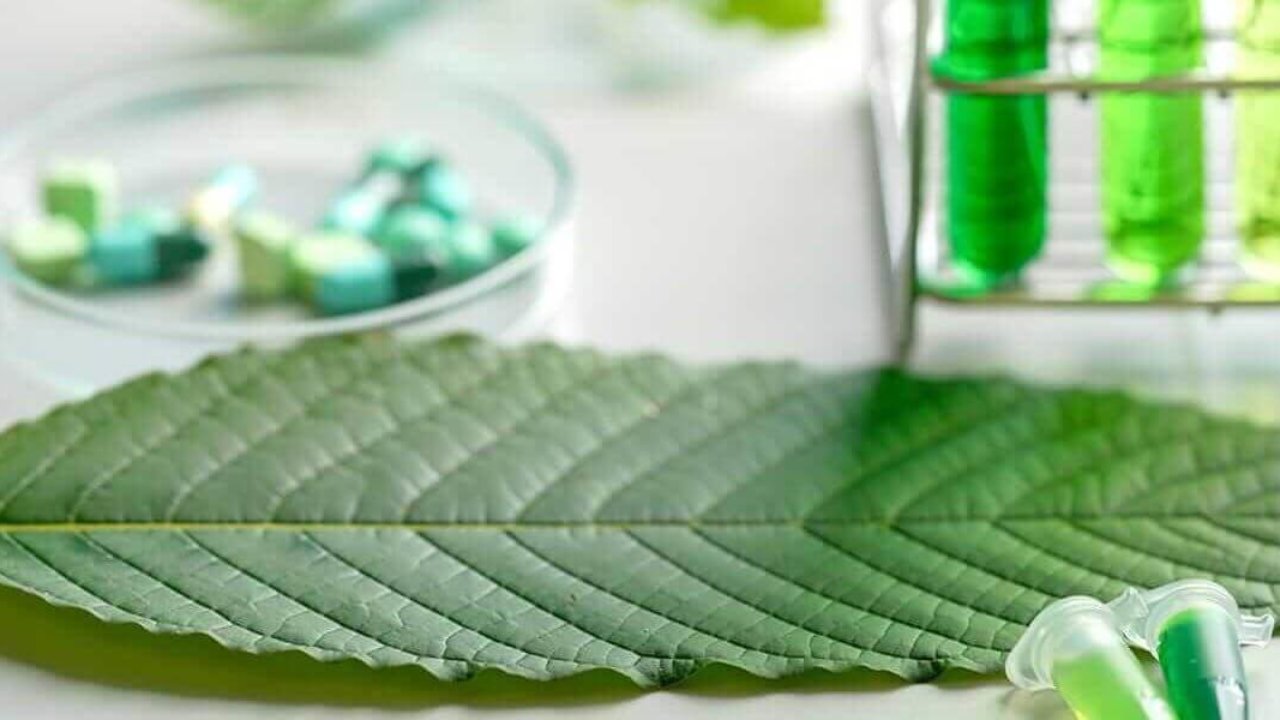
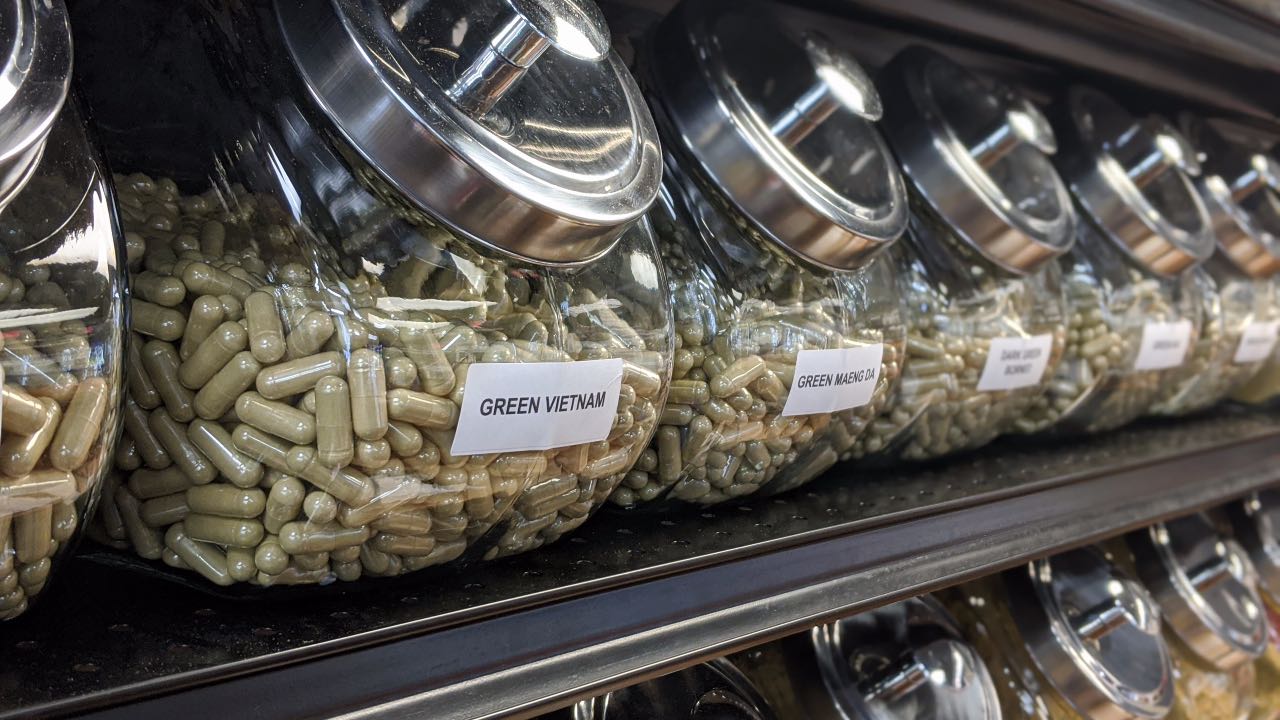
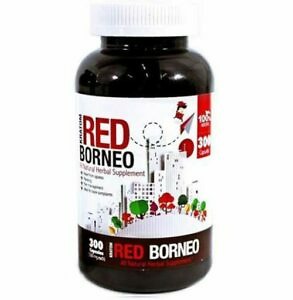
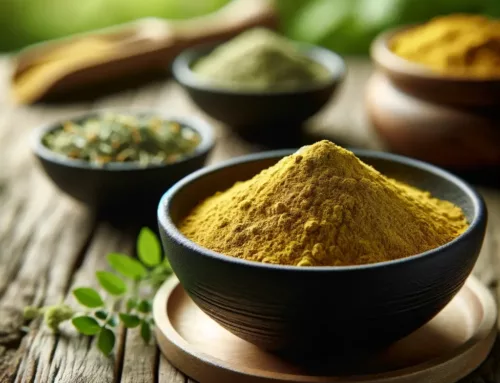
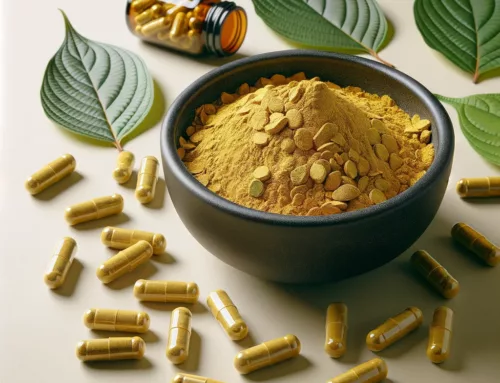

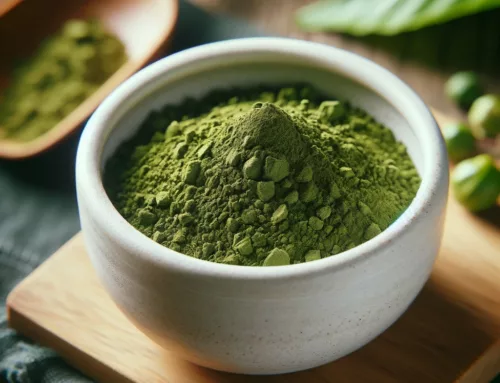
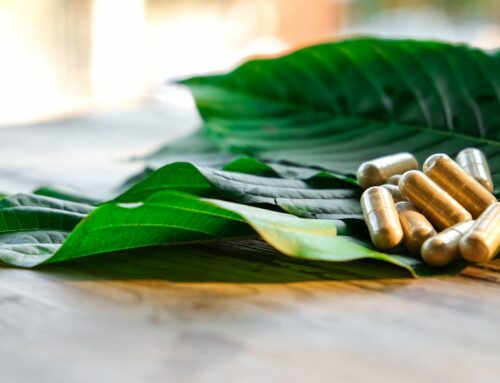
I have a friend suffering from opioid addiction. We’ve tried so many things to help him reduce and control but he’s at the point of giving up as the pressure is real but he didn’t want to tell his family unless he got it under control. I never knew kratom can help with opioid treatment, does it need prescriptions, or can he take as how he feels like it?
HI Riaz,
Happy you found us.
Kratom is not a prescription product as it is all natural.
You can take it a s needed but it is recommended to consult your physician prior to use.
It would seem that anyone with a chronic pain issue might want to try kratom. This article gave me a lot more information on the herb so that I can share it. I have a neighbor who suffers from a chronic ailment and I’m thinking that she might like to learn more about this. I think another thing that I’m thinking, is how it affects someone vs how CBD would affect in the same situation. In other words, a comparison of the two.
Hi Marsha.
We are so glad you asked that question. 🙂
Your wish is our command.
Please see the below article and let us know at the bottom of the article what you think.
https://mykratomclub.com/krato…
Hope that article helps.
Hello! Thanks for sharing this informative piece. From my view on Kratom, its a herbal supplement gotten from natural products and anything relating to natural products implies less side effects. I think I’m interested in learning more about this Kratom for therapy since it will be of great help to my health to ease me off pain, stress and lots more.
I had read a few articles before about kratom but to be honest there is little I know about it that I would be very careful to judge it especially when I see that there are no clear evidence on if it can create an addiction or not. But it seems that there is not a lot of crystal clear data available about it and I would be extra careful when it comes to health products. But thank you for bringing it to our attention.
I find Kratom to be an interesting herb it’s a pity I have not heard about the plant or any of its products before reading the article. It’s puzzling to see that there are institutions that push back the product but there are between 10 – 16 million users. I think Kratom is a reliable herb as it can be consumed in many angles like tea and even adding it as an ingredient to beef stew. Are there any Kratom related fatalities that there’s plenty of criticism about the herb? Nice article.
Hi Candence.
There have been no reported fatalities in regards to kratom being in the body.
There have been fatalities with illicit drugs in the body in combination with illegal drugs.
Wow, this article was really interesting and enlightening to me because I use the powdery form of Kratom, but I personally did not know much about the substance, it was also shocking when I read that Kratom can be used for therapy, it is really an amazing and multipurpose substance with so many health benefits
I believe in natural organic herbs for healing. I believe we must continue to lobby for registration and licensing of these natural herbs for curing some ailments, for pain and aches relief and as an energy boost. Another plus for Kratom is the ability to cure opiate addiction. This is an excellent herb
It is very nice of you to create a website totally dedicated to educate us about kratom. I think i will keep visiting this site to learn more about kratom and also to educate my friends about kratom. This is a very educating article you have written about the kratom therapy. Not only did you tell us about its benefits, you also included the ways we can abuse it. Thanks.
I have been learning about kratom from your very informative posts on this website and every time I visit it I learn something new. To be able to use kratom for opioid withdrawal and several other therapies is very good to know and using a herbal product must be better than a pharmaceutical drug.
Some very interesting information you are providing about clinical research and the misinformation that is surrounding the use of kratom. More unbiased scientific research is ultimately required.
This is interesting information and comes at a time when people are more conscious of their health than ever. It sounds like Kratom has some solid potential to be of use in a wide variety of scenarios, but it’s unfortunate that it doesn’t seem like it’s getting enough attention to raise awareness at the moment. Thanks for sharing and helping to let people know about kratom for therapy purposes!
Kratom is widely used by rural communities where I live for common to severe ailments. While I’ve not personally tried it before, I know some folks who take it on a regular basis gain a lot of benefits from it. However, commercializing this plant is banned in my country so it’s basically a backyard medicine still.
I am excited to know that I don’t need to take kratom as capsule alone, but I can take it as beverage. In fact as tea will make it a go-to supplement for me. Find the use of kratom for therapy is another plus. I have always associated it with stimulants but now I can use it for therapy. Thank you for this precise information
I think the use of Kratom should be regulated to keep users safe.
Because I can see that you warn against storing it for a long period of time. But I am not sure many people know that. So, what I mean is that regulation will bring safety measures and precautions that the manufacturer will use to keep the product safe for use.
People are already so many using it, the best thing will be to find a way to benefit from it safely. And I am quite pleased that you are already a part of the solution by sharing your knowledge on the subject.
Thanks
Hello. I know about Kratom from before. A friend recommended it to me. It is well known that in addition to what you say, it is also known for its good effect on depression, anxiety and good mood. I am from Serbia and although Kratom is legal here, it is very difficult to get it, in any form. I hope that will change soon. As a doctor, I can say that the only thing that matters is to be careful not to cause addiction, but with careful following of the instructions for use, this will not happen. I definitely would like to try it.
Kratom is really useful especially for those who has anxiety or those who has some trouble with focus as some kratom strain like the white strain or green strain can energize people just like amphetamine but in a much safer manner. anyways great article! this even makes me want to try kratom more but unfortunately I couldn’t afford it yet.
This particular post takes me back into the medical field. My Kratom club seems to be a company that produces and provides herbs for humanity to consume. Even though I haven’t heard much of this before, one thing I know is that products like this seem to be promising but having to have read that there is push to ban it is what I do not really understand.
Hi Maureen.
Thanks for taking the time to leave your thoughtful comment.
We just wanted to clarify that we are official vendor of the products we offer.
Currently do not produce/manufacture any of our own products.
I believe that Kratom use should be harshly regulated. It is an opioid and that’s where his pain-relieving properties come from. Perhaps not illegal, but only available with a prescription. Of course, Kratom should be studied further, to see how medicine can benefit from it.
You can’t just have regular folk accessing such a strong pain-killer as that will inevitably lead to abuse.
I’m still amazed by the fact that beneficial natural supplements are under such scrutiny when they have the ability to solve on of the worlds hugest problems. Seems sad. Thanks to you for continuing to spread the good word about the alternatives. I know what an opiod addiction is like and it’s not much fun at all. I’m glad that’s the past for me personally, but I can think of a few people in my circle that would definitely benefit from a decent alternative. Personally, I’m interested in Kratom for the energy boost. I’m sure it’d help me get through the long working days!
It’s always difficult to fathom why something that is natural is also illegal. Such was the case with Marijuana too. But I suppose there are good and bad plants out there, and some are even poisonous to animals.
If these types of plants are regulated and the companies that manufacture products with them have strict safety measures in place, then I don’t see why they can’t be sold in this form to aid people, as natural is always far superior to chemically manufactured drugs.
In the future, I am sure we will see more Kratom products around, especially when more tests have been done on the safety aspect.
Kratom is used to ease anxiety which makes it a sort of opioid. Though I haven’t tried it myself, I think it is very popular in some countries, especially the South East of Asia. And of course in the US too. I sure could use some to drive all my worries away. Especially with these lockdowns and the stress of living with my hubby 24×7.
It seems to be working for millions of people, and that is pretty much all the proof that we need. How can I get a few small sachets of pure kratom? I would like to try some.
Aps
Hi Aparna,
Please note that Kratom is not allowed in Southeast Asia right now.
Hopefully that will change soon.
If you are not in any of the banned places shown HERE than check out our store where we have nearly a hundred different Kratom for therapy products to choose from.
Kratom is a big deal with all these enumerated features and benefits. It is what everyone should have access to or have in the home. I think I have to arrange for one for a start and see how it will go.
thank you for sharing this informative article here with us. I like this
Kratom is a great product and it’s been proven that it is very versatile at what it does to assist and boost the human health, I’ve been able to peruse quite a whole lot about it. It’s awesome to understand that kratom can also be used for therapy, well, I’m not surprised by this because natural supplements of this type have shown to be very helpful.
Thank you for explaining the benefit of using Kratom. I just recently heard about this herbal supplement and become interested to learn more about it. It’s sad that there are people who abuse the use of Kratom for their own benefit. I think this is similar to the CBD case? I’m a bit curious, do you need a doctor’s prescription to use Kratom? Thanks for the answer.
HI Alblue.
Kratom does have some of the same benefits of CBD. Our customers use Kratom for many other ailments as well.
Take a look at our article HERE which talks about what Kratom is mostly used for.
We do recommend you consult your physician prior to use.
Hope this information helps.
I like coming back to your site because I very much enjoy reading your articles. Kratom for therapy is an awesome way to relief us from stress, pain and overall anything that will not make us live a satisfying life. Sometimes I wonder why it isn’t legal in all the States. Well, time will tell. I have learnt a lot I must say.
Thank you so much for presenting such a wonderful article with Kratom. This kratom is certainly used for various purposes which are beneficial for health. It has been used by my father for a long time. He also uses this Kratom for therapy which helps him to get rid of various physical problems. So I would say those who have not used it yet must use it considering their physically beneficial aspects.
Hi there! Thanks for dropping this article. It is a very beautiful piece and your mode of writing is very professional. There are several ways and products in reducing stress and killing pains but I’ve never come across this product called Kratom. After going through this review, I can really say that this an amazing product as it it made from one of nature’s best trees. I’d recommend this to friends and family, thanks a lot
This caught my attention ’10 to 16 million people in the U.S. frequently use kratom for therapy and recreation’ it looks like Kratom is really popular and already doing a great work when used for therapy and recreation. I would love to try Kratom tea for relaxation and stress relieve
There are several ways and products in reducing stress and killing pains but I’ve never come across this product called Kratom. After going through this review, I can really say that this an amazing product as it it made from one of nature’s best trees. I would fullly recommend this product for anyone battling with health issues. Thanks for sharing this post.
Hi,
From my research about the topic Kratom is an old drug that’s now being put to new use. Many of those trees remain, producing leaves users can simply strip and eat. Modern American users don’t have access to kratom trees, in most cases, so they’re forced to buy the substance from other locales.
Thank you.
Aluko.
hello there, thank you for sharing this informative and educative article . this article is centered on the use of kratom for therapy. This is my first time of coming across this herbal supplement. It’s good to know that kratom can be used for therapy and i am not surprised that some countries banned their citizens from using it because it is all natural and helps people so much. There isn’t anyway for the government to regulate it when it comes to the FDA.
Hello there , I have known about kratom for quite some time now and I love the fact that it’s a herbal supplement obtained from harvesting the leaves of an evergreen tropical tree , and I believe kratom serves as a stimulant and a relaxant, it also helps to treat pain in A very good way , all this attributes makes kratom the best herb for therapy and I really enjoyed reading this article it’s quite informative and helpful.
Kratom is a very good product and not because of what I have seen here alone, but also from all the testimonies I have heard from other people and it’s really good. Following the content of this article and I really like the way it’s been made from natural products and so it can’t really have any side effect on the users .
Kratom.seem like the real deal to go for and seeing that it has so much health benefits up to being able to help people with therapy is still an added bonus for me to just love kratom really and I’m sure it is something that personally, I would definitely like to try. Thank you for this.
Having a product that can be very versatile like this one is something very important and it is always nice if you can take your time to read through about it. Using kratom for therapy is a very good idea and the concept is very understandable, I do agree it is best to run using Kratom past your practitioner.
I think the topic is a very important one I do have a question is this Kratom as affective as Loratabs with the pain I smashed my right-hand little finger off and lived for a few months on good old #10 narcos, my opinion is the more help addicted individuals the better and the FDA needs to stay the hell out of it there’s enough proof in the world like Indonesia.
thank you for you’re very good article
Bill we appreciate you stopping by and your question.
Kratom does activate the same receptors as opiates due in the brain.
The good news is in the right dosage which you can find HERE it has shown to be effective without the negative side effects.
We do not recommend self medicating and always reach out to your physician prior to using Kratom and any supplement for that matter.
Take a look at our article HERE which discusses Kratom and chronic pain.
Hope this helps.
– MKC
I have some experience with Kratom for therapy. The effect of kratom is complex: in low doses it has a primary stimulatory effect, and in high doses its opioid effect is more pronounced. There are differences in action in different varieties: plants from Bali have more pronounced analgesic properties, while those from Malaysia have stronger stimulating effects.
Up till this point I hadn’t realized kratom use is common in such a variety of ways.
And it’s interesting to read about the process of making kratom. I didn’t know that the Mitragyna speciosa leaves are part of that process. I’ll search for YouTube videos to get an insight of that process.
I had no idea that Kratom could be so useful for many things! Much less that I would be able to use it as therapy! This has truly been an excellent read for me! I will be investing in it very soon after seeing all the benefits it offers, certainly, something that will be very beneficial for me! Thank you so much for this detailed article and for explaining all this to us!
Kratom is a very good product and it’s been confirmed that it is very versatile in the things it does to help human health, I’ve been able to read quite a bit about it. It’s good to know that kratom can be used for therapy, well, I’m not really surprised because natural supplements of this grade are very helpful.
I know for the fact that more than never I have been having an argument with my spouse ever since the global pandemic. I have to say that living with your spouse without the ability to go anywhere for 3 months is the biggest challenge. I am surprised that Kratom can help with Opioid addiction! In Thailand Kratom is illegal so we never use it in terms of medical settings that I know of but surprisingly we use Opioid because it is more mainstream, sad but true. Thanks for sharing the benefits of Kratom. I am happy to hear that this herb can actually relax us and will get us through this difficult time.
Nuttanee,
Your comment is very thoughtful and can help those looking for Kratom in Thailand to know it is illegal currently.
For others that are reading this comment and for you please see HERE the laws surrounding Kratom domestically and internationally.
– MKC